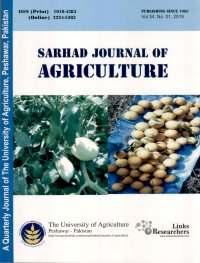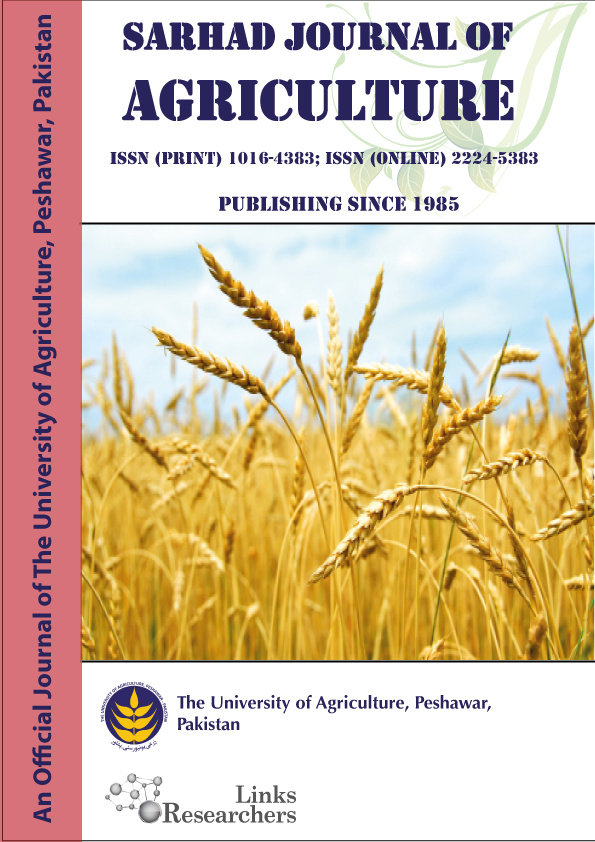Management of Citrus Canker Caused by Xanthomonas axonopodis pv. citri Using Essential Oils and Plant Extracts Under Laboratory Condition
Management of Citrus Canker Caused by Xanthomonas axonopodis pv. citri Using Essential Oils and Plant Extracts Under Laboratory Condition
Yasir Iftikhar1*, Talha Shafique2, Shahzaib Asghar1, Sonum Bashir3, Malik Abdul Rehman4, Maham Ikram1, Muhammad Ahmad Zeshan1, Farwa Seemab1, Komal Ambreen1 and Ashara Sajid1
ABSTRACT
Citrus fruits are the most common commercially grown fruit in the Rutaceae family worldwide. They are very nutritious and have a significant impact on the global economy. Its widespread cultivation has allowed it to rank first in fruit production in Pakistan. Unfortunately, several microbial diseases (like citrus canker caused by Xanthomonas axonopodis pv. citri has a great impact on the citrus industry. The current study was focused on checking the effectiveness of essential oils that contain antimicrobial chemicals that are less harmful, safe, eco-friendly, and readily biodegradable and assessed against Xanthomonas axonopodis pv. citri caused citrus canker. For the management of citrus canker, three essential oils (Neem, Clove, and Cinnamon oil) and Plant Extracts (Taiz Path and Garlic) were evaluated at different concentrations of 0.5, 1, and 2% in a lab setting. The maximum inhibitory effect was shown by Neem oil, followed by Clove oil and Cinnamon at 2% concentration, respectively. Among all tested concentrations, Clove oil showed the most prevention of citrus canker; 2% was the most effective concentration. These outcomes were consistent with earlier researchers emphasizing the powerful antibacterial qualities of Clove oil. Cinnamon oil also demonstrated inhibitory effects like clove oil but to a lesser extent. The outcome of this study is to encourage the use of essential oils as biological control and find out if plants show toxicity against pathogens. Since essential oils include a variety of antimicrobial components, we must use them to their fullest potential and assess how best to incorporate them into various integrated disease treatment methods. This tactic will also aid in lessening environmental risks and the harmful consequences they have on people.
To share on other social networks, click on any share button. What are these?








